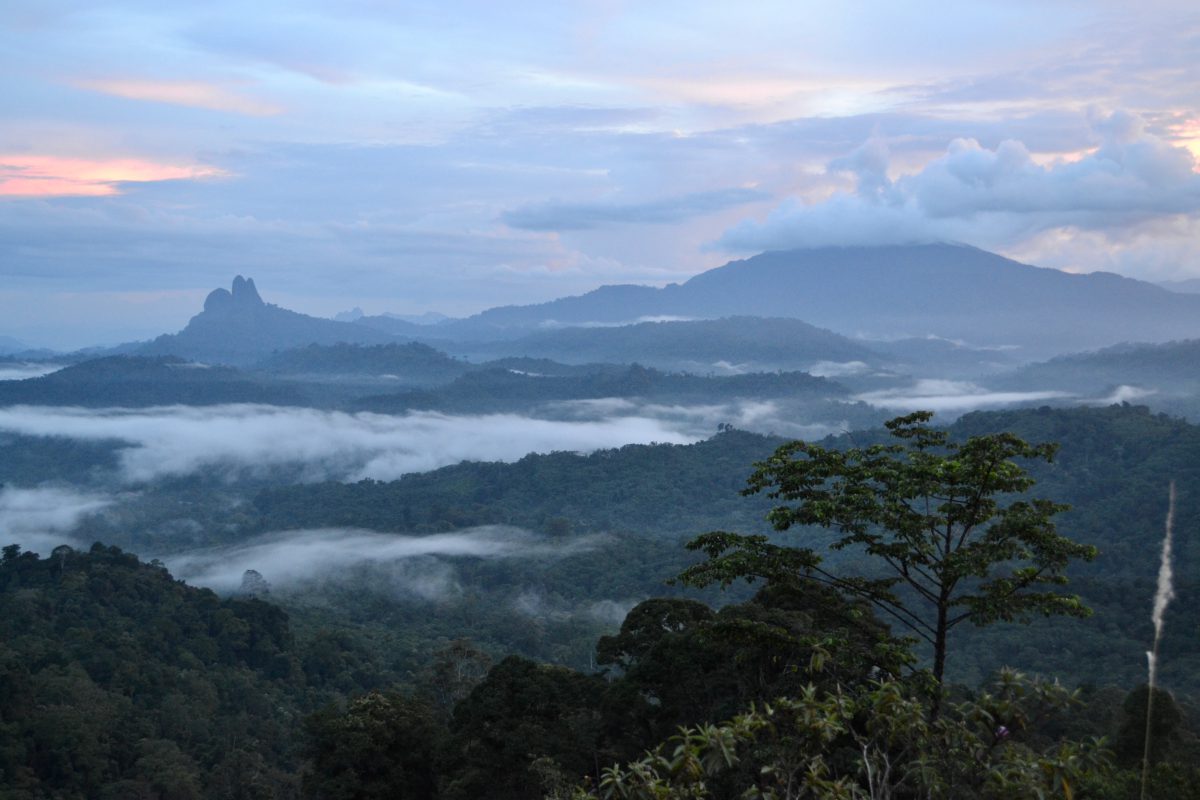As part of the “Indigenous Climate Observatories: Where Knowledges Meet” project, two Indigenous communities in Malaysia are engaged in a collaborative effort to understand and adapt to climate change using both Indigenous knowledge systems and scientific methods. The first community is of the Penan culture, recognized for its deep-rooted forest conservation knowledge, while the second is a predominantly Iban settlement, who bring expertise in riverine and agricultural ecosystems. Through participatory research, these communities are actively involved in tracking climate changes, documenting environmental shifts, and planning for co-developing adaptation strategies.
Project objective
Indigenous communities are among the most vulnerable to climate change, yet their traditional knowledge is often excluded from scientific research and policy-making. In Malaysia, the communities are experiencing environmental shifts that directly impact their way of life, from changes in forest ecosystems to variations in weather patterns resulting in devastating floods and affecting agriculture and water sources.
The goal of this project is to empower these indigenous communities by establishing Indigenous Climate Observatories that integrate traditional ecological knowledge with scientific climate research. Through these observatories, communities are able to track climate changes, document indicators of environmental shifts, and develop adaptation strategies that are meaningful and actionable within their cultural and ecological contexts.
To achieve this, the project employs a participatory co-design approach, ensuring that the communities take an active role in shaping the observatories. The planned methods include designing Tangible tools for community members to explore, reflect on, and document climate indicators rooted in communal observation and indigenous knowledge, facilitating intergenerational dialogue within the communities, using indigenous knowledge (e.g., signs in nature, seasonal patterns) alongside instrumental measurements (e.g., rainfall, temperature, river flow) to observe and monitor environmental changes and organizing Indigenous knowledge-sharing events to bring together community members, researchers, and policymakers to discuss findings and support locally-driven climate adaptation strategies.
Project experience
In the Climate Observatories established, we observed how environmental changes, particularly in rivers and forests, impacted daily life in the communities. The project emphasized community-based climate change monitoring, ensuring that indigenous knowledge played a central role in documenting and interpreting environmental changes.
Defining “Change” with a Visual Diary
To understand the phenomenon of “change” in the local context of the communities, we initially provided community members with Polaroid cameras and later on with their mobile phones, enabling them to document change indicators they found significant. Over four months, participants took bi-weekly photos of changes they observed, such as:
- Water levels in rivers fluctuating with rainfall patterns
- Status of flora and fauna shifting over time
- Alterations in infrastructure (paths and houses)
These images became powerful storytelling tools, allowing the community to track, compare, and reflect on their lived experiences of environmental change.
Community-Driven Monitoring and Reflection
To ensure shared understanding, each participant selected specific change indicators to track over time. These indicators included forest conditions, water availability, weather patterns, and biodiversity changes.
Participants presented their findings during reflection sessions, where the collected data was collaboratively analyzed using participatory methods such as the construction of Affinity Diagrams and Diagnostic Maps. These sessions created a dialogue between generations, allowing elders to contribute indigenous knowledge while younger members engaged with contemporary approaches.
Augmented Reality: The Penan Climate Observatory
To enhance understanding and enable deeper engagement with the recorded observations, the project culminated in the creation of an Augmented Reality (AR) application titled “Penan Climate Observatory.” This interactive tool allows users to:
- Visualize environmental changes recorded during the project
- Explore relationships between climate change causes and impacts
- Engage with local observations through an immersive digital experience
By bridging traditional ecological knowledge with digital tools, this application supports community-led adaptation strategies and fosters a shared, experiential understanding of climate change.

